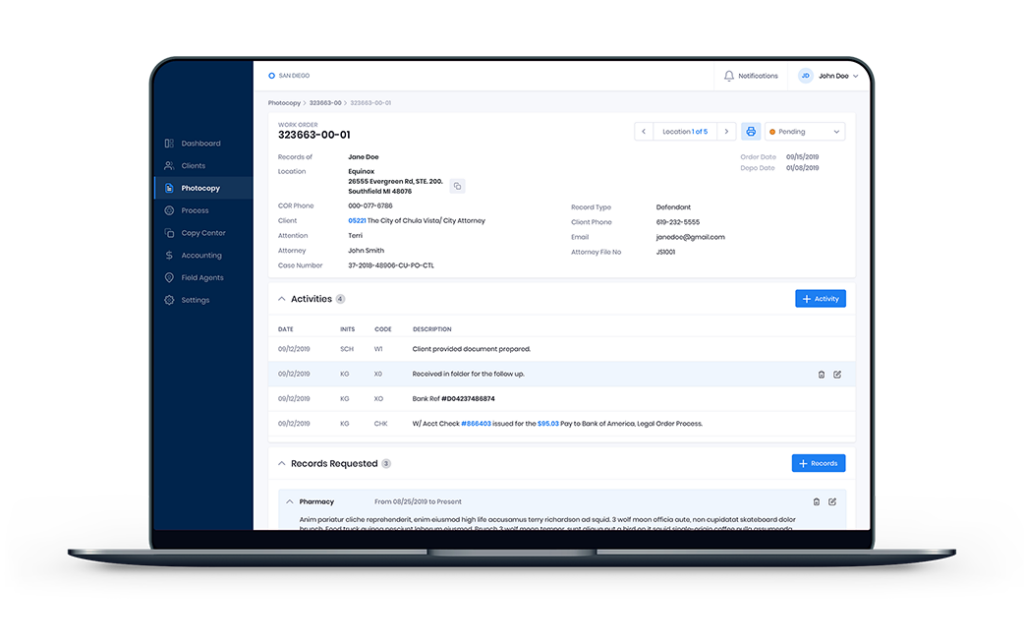
In today’s fast-paced digital landscape, businesses heavily rely on software solutions to streamline operations, enhance processes, and maintain a competitive edge. However, clinging to outdated legacy software can swiftly transform from a technological choice to a significant business liability. This article delves into five compelling reasons why persisting with legacy software can be detrimental and suggests practical solutions to mitigate associated risks.
1. Security Vulnerabilities
Outdated legacy software exposes businesses to elevated security risks. Aging software often lacks the latest security updates, making it a prime target for cyberattacks. In a landscape of increasingly sophisticated hackers, the absence of security patches can compromise data integrity, erode customer trust, and lead to costly data breaches.
2. Compatibility Challenges
Legacy software’s incompatibility with modern systems, hardware, and software results in operational inefficiencies and communication breakdowns. Such limitations hamper productivity, hinder seamless integration, and stifle the adoption of innovative technologies critical for business growth.
3. Diminished Efficiency
Legacy software’s deficiency in advanced features and optimizations undermines employee productivity, necessitates manual workarounds, and hampers timely processes. This impedes a business’s agility in responding to market demands and evolving customer expectations.
4. Escalating Maintenance Costs
Aging software often incurs exorbitant maintenance and support fees, draining resources that could fuel strategic initiatives. The scarcity of skilled professionals proficient in outdated technologies further exacerbates costs, hindering overall business expansion.
5. Regulatory Non-Compliance
Industries adhere to evolving regulatory standards, which legacy software may fail to meet. Non-compliance exposes businesses to legal penalties and financial repercussions, undermining both reputation and customer confidence.
Conclusion:
In an era defined by technological innovation, outdated legacy software poses substantial risks that can stunt business growth and adaptability. Businesses can proactively address these challenges by initiating a comprehensive software audit to identify legacy systems. A strategic phased migration plan prioritizing software updates or replacements can mitigate risks while fostering enhanced security, efficiency, and innovation. Embracing modern software solutions not only fortifies a business’s foundation but also nurtures a competitive advantage in a dynamic digital landscape. By acknowledging and rectifying the liabilities linked to outdated legacy software, businesses position themselves for sustained success and future readiness.
Note: The solutions mentioned in the conclusion are general suggestions. Businesses should tailor their actions to their specific needs and consult with the experts for a comprehensive approach.
Check out this Enterprise Order Management App we’ve built for one of our customers

This system allows businesses to manage and track orders across multiple channels and systems. It allows companies to have a centralized view of all their orders, inventory, and customer data, making it easier to manage their operations and improve customer service.
Contact us today to learn more!
